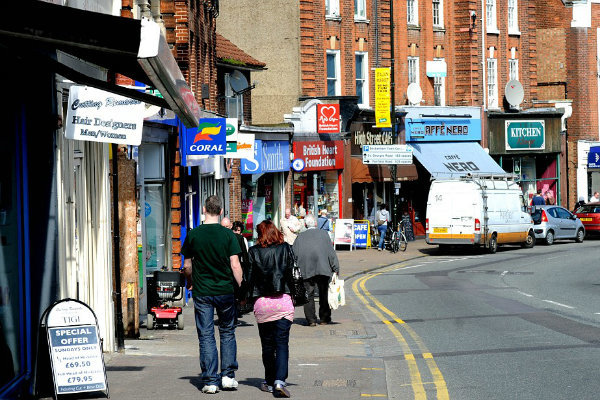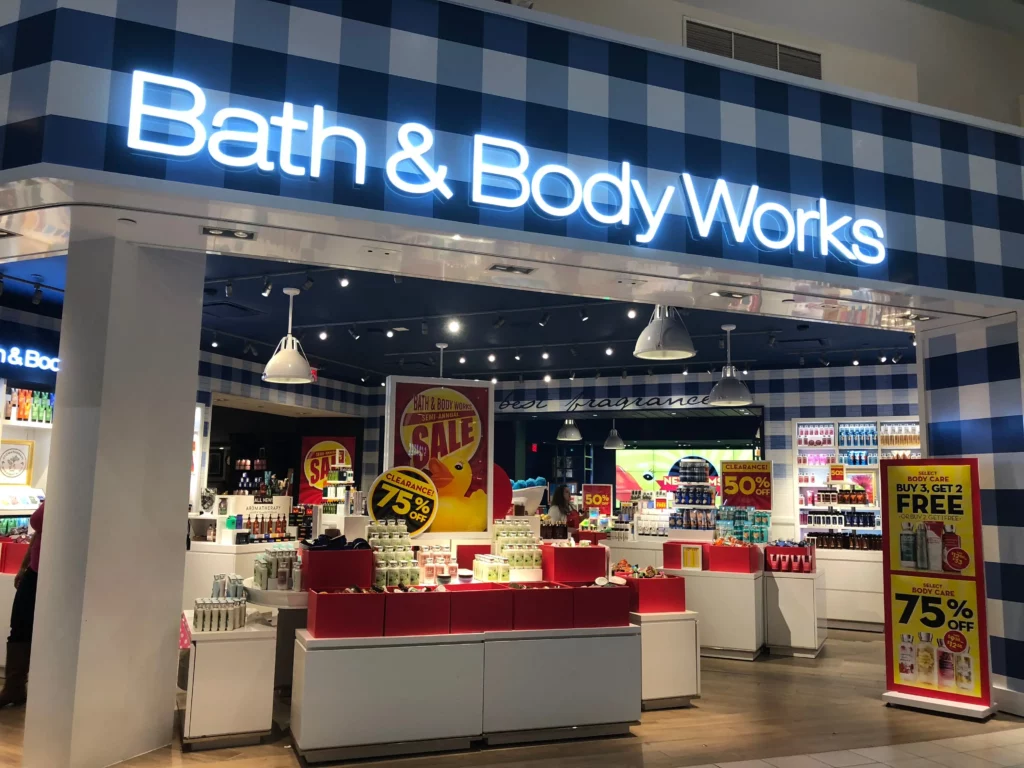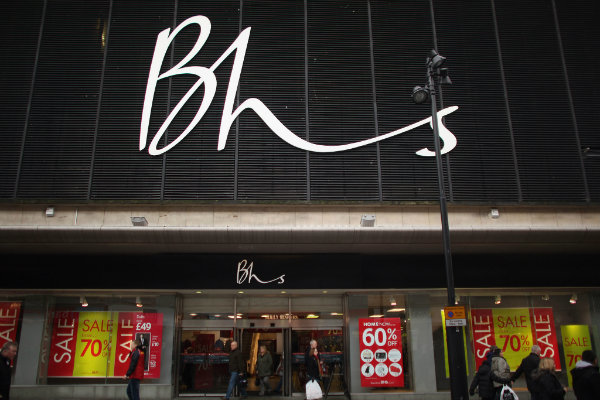The open rate of independent shops has declined to its lowest level since 2009, with womenswear retail experiencing the greatest drop.
Figures from the Local Data Company and British Independent Retailers Association reveal that in 2015 just one independent shop opened per week, in stark contrast to the 11 a day that opened in 2010.
Women‘s clothing stores suffered the highest closure rate, with the number of independent stores falling by 233. The overall decline was most evident in London, which lost 347 unites, whilst Yorkshire and the Humber experienced the highest increase in the number of indie stores with 189 opening.
“Independents are a key component of our high streets,” said Local Data Company Director Matthew Hopkinson. “While the numbers remain positive the dramatic decline in the growth of independents from 11 openings a day to just one a week reflects the challenges many independent businesses face.”
“A number of factors are at play but one of the major factors has been the move of many high street anchor retailers such as Next, M&S and River Island moving from the high street shop to out of town retail parks. These moves result in lower footfall volumes as people follow them out of town, which has a big impact for the smaller retailers left behind.”
Although retail parks overall saw occupancy rates increase by 0.31%, shopping centres that saw an increase of 1.41%, and high streets 0.37%.
“While one in eight units changed hands last year, with more than 40 new independents opening every day in the top 500 towns and only slightly fewer closing, the balance produced only a tiny gain across the whole,” said Michael Weedon, Deputy Chief Executive at Bira.
“But within figures we see a powerful rebalancing away from prudct based retail towards service providers, leisure operators and convenience operators. For multiples the picture is different: of the four subsectors only leisure outlets increased in number. Very gradually we are seeing a new high street emerge, as always happens over time, as commerce adapts to ever changing conditions.”
















